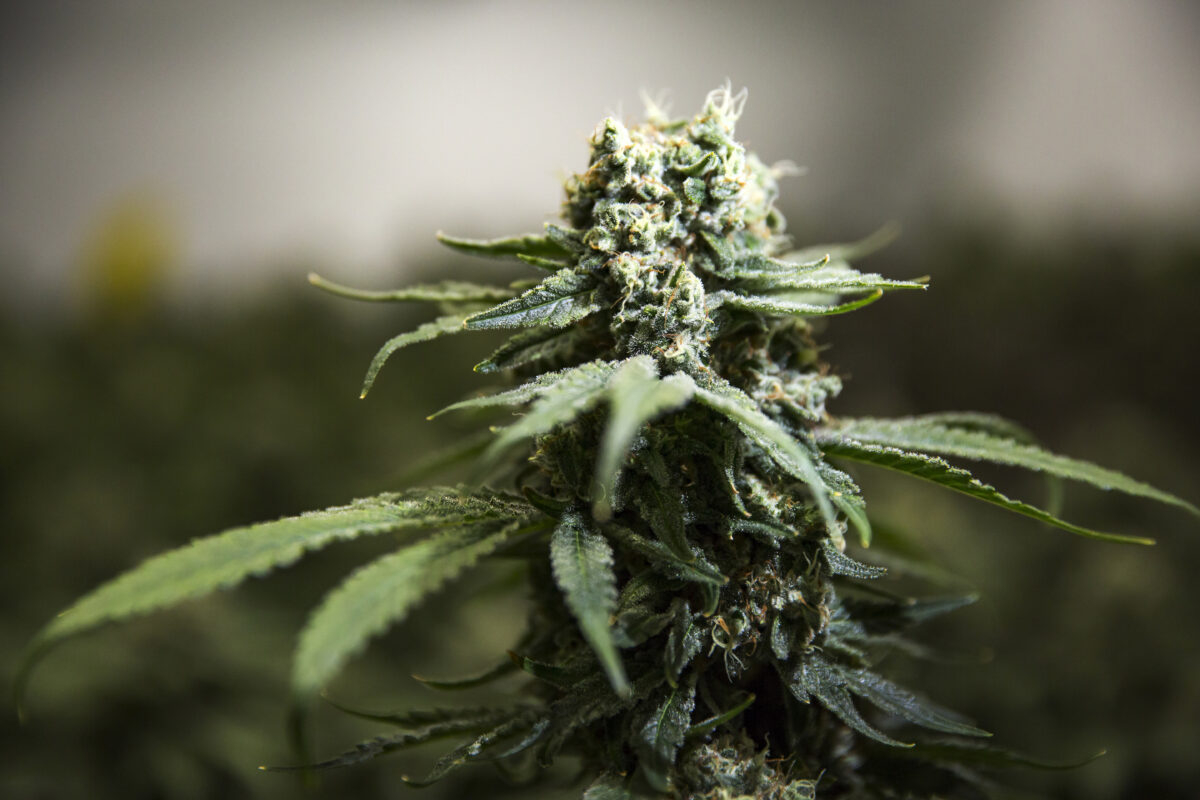


The number of children hospitalized for accidental cannabis poisoning has grown since Parliament legalized the drug in 2018, according to federal records.
“Between January 2020 and September 2021 when the full range of cannabis products were accessible including edible cannabis the hospitalization rate among children in Alberta, British Columbia and Ontario was 7.5 times higher relative to the pre-legalization period,” said a memo written for a March 23 appearance at the Commons health committee by Addictions Minister Carolyn Bennett.
The memo, obtained by Blacklock’s Reporter, noted the hospitalization rate in Quebec during the same period “was three times higher.”
“This is largely driven by children younger than five and sources of cannabis that are unknown or illegal,” said the document, titled “Supplement Estimates (C).”
In 2018, the Canadian Pediatric Society (CPS) predicted that hospitalization for “serious and life threatening” emergencies would increase with legalization.
“Children and youth are among those most at risk of harm from non-medical (recreational) cannabis use, but there is little scientific evidence on health outcomes related to cannabis use in this age group,” said the association in a news release at the time.
It added that it would conduct a study to monitor children and youth seeking medical attention for serious and life-threatening events due to recreational cannabis use or accidental ingestion, starting Sept. 1 of 2018—a month before legalization.
On June 26 of this year, Dr. Christina Grant, adolescent health specialist at McMaster University, published an article with co-investigators noting cases of accidental poisonings in children involving cannabis have been “widely shared and reported.”
Cases ranged from accidentally eating a cannabis brownie at home to eating cannabis candies found in children’s Halloween treats.
The article also cited the study by CPS which recorded 160 cases countrywide with the exception of Quebec since September 2018.
“Females made up 51% of cases (82/160) and males 47% (75/160), with a median age of 5.1 years. Almost two thirds of cases (63%, 101/160) indicated ingestion of cannabis in edible form,” researchers wrote.
“Most cases were reported as involving cannabis from unknown (65%, 104/160) or illegal (20%, 32/160) sources, while 15% of cases (24/160) were reported as being sourced from legal sources (e.g., legal retailer, authorized licenced producer, or legally home grown).”
Dr. Laurent Marcoux, former president of the Canadian Medical Association, said the legalization of marijuana would pose a variety of risks to youth.
“Our everyday experience in our offices shows that this product has negative effects on young people,” he testified at the Senate social affairs committee in April 2018.
“Often, this causes them difficulties in life, ranging from psychosis to other insidious difficulties, such as lack of motivation.”
Dr. Marcoux, who proposed the minimum age for cannabis consumption be raised to 21, said health risks remain regardless of whether the drug is legalized or not.
“[T]he use of cannabis is linked to health risks. Legalizing cannabis won’t change the risks,” he said.
“The government has a responsibility to the public; its focus should therefore be first and foremost on protecting Canadians—especially young people—and reducing harms to health.”
